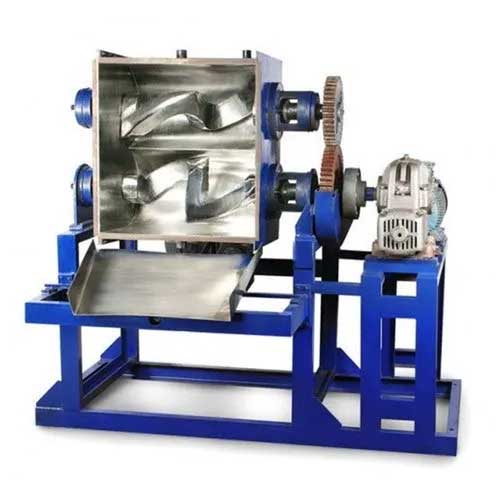


The sigma blade mixer is a commonly used mixer for high viscosity materials. This article details the construction of the sigma mixer, design and operational features, and its applications. The different variants of the sigma mixer design are discussed. The sigma mixer is one of the most popular used for mixing and kneading high viscosity materials. It belongs to the family of double arm kneader mixers.
It is equipped with two mixing blades placed in a W-shaped horizontal trough. Various blade profiles have evolved, each of which is best suited for a particular type of application. The commonly used blade types are the sigma blade, masticator blade, shredder blade, fishtail blade, and spiral blade.
The rotation of the blades is either tangential to each other or the blades may overlap within the trough. The blades rotate toward each other at the same or differential speeds. The blades pass the container walls and each other at close clearances (2-3 mm) resulting in homogenous mixing. The close clearances produce very high shearing action thereby reducing any large particles. These mixers produce a consistent particle size distribution without the need for additional high speed choppers. Homogenous mixing is achieved within 10 to 30 minutes. Mixing homogeneity upto 99% and better can be achieved using the double arm kneader mixers.
These mixers and their variants are capable of handling material with viscosities as high as 10 million centipoises. The power consumption in these mixers is very high compared to other types of mixers and can range from 45 to 75 kW/m3 of mix material. The sigma blade mixer is the most commonly used type of double arm kneader mixer, and is best suited for all round use.
The sigma mixer is the best suited mixer for pasty, sticky, and gritty slurries with high viscosities. The following are some of the commonly used products that are mixed in the sigma mixer.